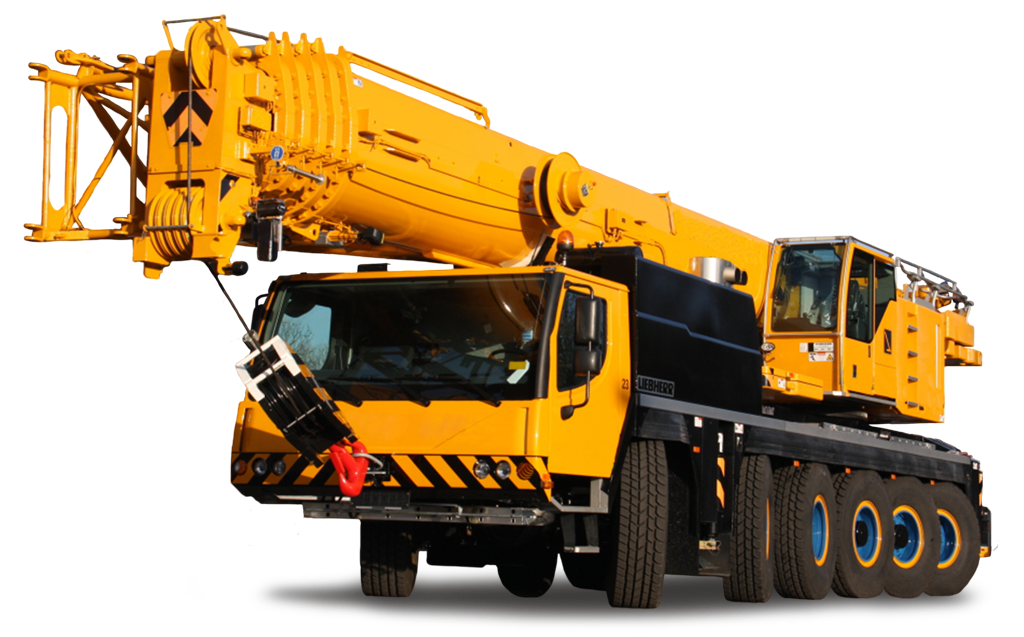
Mining is one of the fundamental pillars of the Peruvian economy, representing a significant percentage of the country’s GDP and exports. In this context, telescopic cranes play a crucial role in the efficiency and safety of mining operations. In recent years, technological innovations have transformed these machines, improving their performance and adaptability to the challenging environments of mining.
Telescopic cranes are lifting equipment that feature an extendable boom, allowing them to reach great heights and handle heavy loads with precision. These cranes are highly versatile and are used in various industries, including construction and mining.
One of the most significant innovations in telescopic cranes is the implementation of advanced control systems. These systems use intelligent algorithms and sophisticated sensors to optimize the crane’s load, speed, and movements. This not only improves productivity but also reduces the risk of accidents.
Technology In a mining environment, collisions can have catastrophic consequences. To mitigate this risk, collision detection and prevention systems have been developed, using a combination of sensors such as cameras and radars to monitor the crane’s surroundings and alert the operator of any obstacles.
Automation and remote control are gaining ground in the mining industry. These technologies allow cranes to be operated from a safe, remote location, improving safety and efficiency by eliminating the need for operators to be physically present in hazardous areas.
Predictive maintenance is another key innovation. Using integrated sensors, cranes can collect real-time data on the performance and health of key components. This data is analyzed to identify wear patterns and predict potential failures before they occur, reducing downtime and maintenance costs.
Innovations in telescopic cranes have led to significant improvements in the operational efficiency of Peruvian mines. The ability to quickly and safely lift and move large volumes of material allows mining companies to increase productivity and reduce operational costs.
Safety is a priority in mining, and new technologies have made telescopic cranes safer to operate. Collision detection systems and remote control reduce the risk of accidents, protecting both operators and other workers on site.
Modern cranes are designed to be more efficient in terms of energy consumption and emissions. This is crucial in a country like Peru, where mining has a significant impact on the environment. Technological innovations help minimize this impact, making mining operations more sustainable.
The future of telescopic cranes is very promising. They are expected to continue evolving and integrating more with other technologies such as artificial intelligence and virtual reality. This will lead to even smarter and more efficient cranes capable of performing increasingly complex tasks.
Conclusion
Innovations in telescopic cranes are transforming the mining industry in Peru. These improvements not only enhance the efficiency and safety of operations but also contribute to environmental sustainability. As technology continues to advance, we will likely see further improvements in the performance and adaptability of these essential machines.